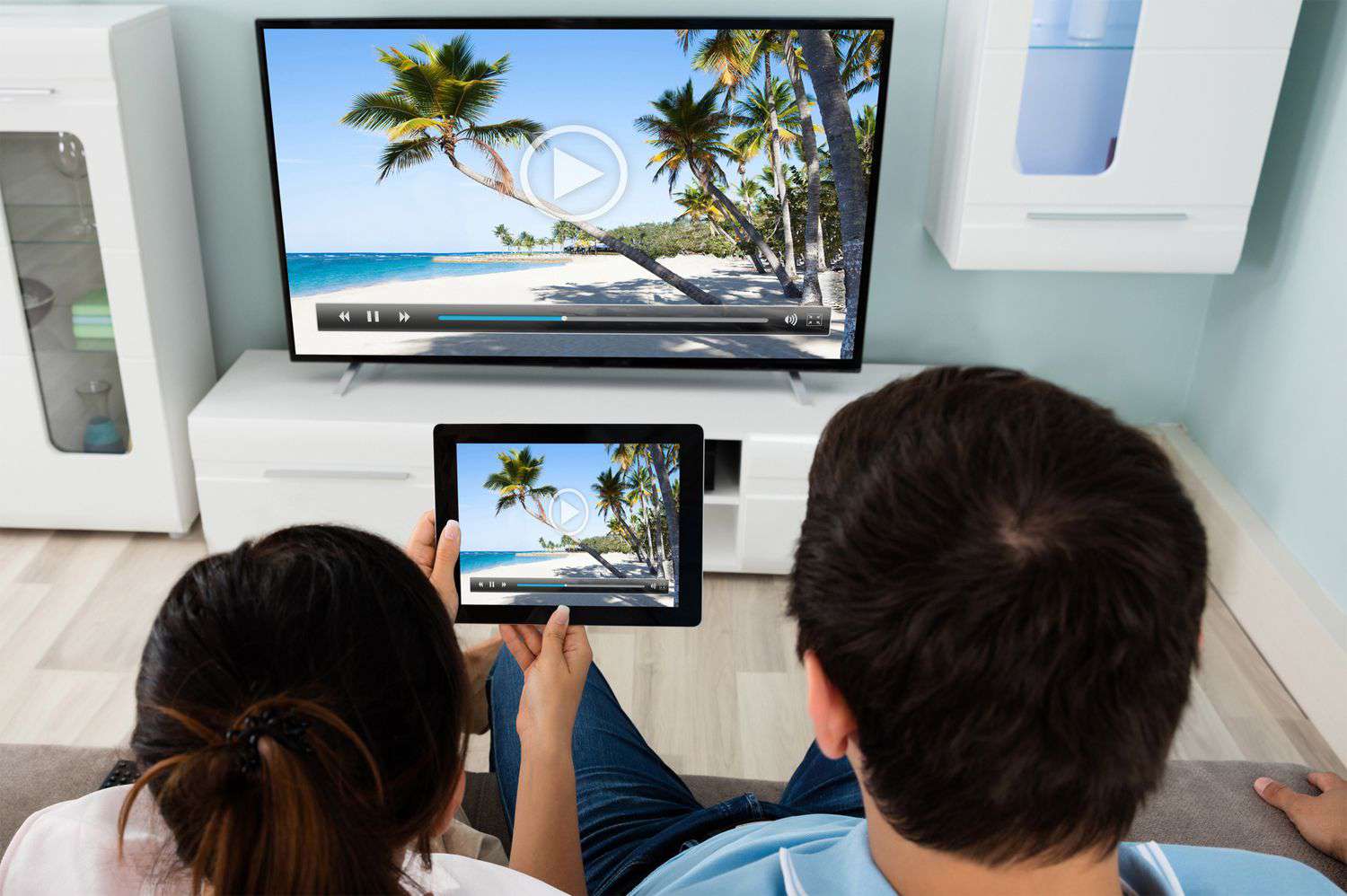 A simple example with the iPhone is the compass. When the compass was added, it created a way that the iPhone could tell you if you were facing East, West, North or South. However, the compass doesn't measure direction, it measures magnetic fields. A few weeks after the compass was introduced, a Stud Finder app was built to help finding nails in studs for putting up secure shelves. A novel way of using a magnetic field sensor.
A simple example with the iPhone is the compass. When the compass was added, it created a way that the iPhone could tell you if you were facing East, West, North or South. However, the compass doesn't measure direction, it measures magnetic fields. A few weeks after the compass was introduced, a Stud Finder app was built to help finding nails in studs for putting up secure shelves. A novel way of using a magnetic field sensor.http://www.fastappstore.com/~334839465
 Another example on novel uses of measuring the world was first shown on Android. Augmented Reality uses the compass, the 3 axis accelerometer (for position) and the video to create an app where you can hold the video camera up to the world, and the app will overlay places of interest, your nearest pizza location etc...
Another example on novel uses of measuring the world was first shown on Android. Augmented Reality uses the compass, the 3 axis accelerometer (for position) and the video to create an app where you can hold the video camera up to the world, and the app will overlay places of interest, your nearest pizza location etc...http://techsplurge.com/3214/mega-list-33-awesome-augmented-reality-apps-games-android/
At time of writing there are more than ten ways that mobile devices can measure the world.
- Cellular network detection. (useful for making calls, sending texts, and triangulating position)
- Wireless network detection.
- Video recording and picture taking.
- Magnetic field detection.
- GPS - for detection of broadcasting objects in geostationary orbit.
- 3D spacial position of the device.
- Human contact (touch screen devices)
- Acceleration of the device. (shaking, walking, etc...)
- Sound detection.
- Light sensor.
- Proximity sensor.
- Detecting other devices (blue tooth)
- Display graphics
- Create sound
- Connect to WIFI
- Create WIFI
- Connect to cellular networks
- Connect to blue tooth devices
- Vibrate
 Combine any two of these measuring devices and you have a useful app, combine three or more and you have a killer app. Use one of the measurement devices in a novel way and you have a viral app. (Shazam, Word Lens, etc...)
Combine any two of these measuring devices and you have a useful app, combine three or more and you have a killer app. Use one of the measurement devices in a novel way and you have a viral app. (Shazam, Word Lens, etc...)This list of sensors is going to grow. Notably, the measurement hardware doesn't have to live on the mobile device. Apple and others have created protocols to allow third party hardware to be plugged into the device. For example, Nike's shoe app that measures your pace, alarm clocks that measure your REM sleep and wake you at well rested points and countless other medical applications.
As the ways of measuring and interacting with the world grow, and every conceivable app filling all the niches, mobile computing is going to become more and more personalized, more ubiquitous and as long as we don't all die of brain cancer from exposure to these measuring devices, more and more useful. It would be nice if there was a systematic way of creating every possible app from every combination of measuring device.
Here are some predictions of useful measuring devices:
- Heart rate sensor.
- Heat sensor (combined with heart rate can measure, mood, stress etc...)
- Brainwave sensor (for all those useful psychic apps coming down the line)
- Genetic Protein sensors (general health)

No comments:
Post a Comment